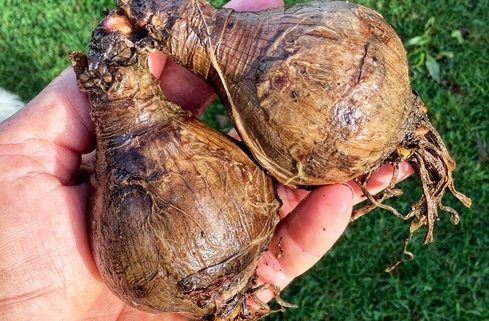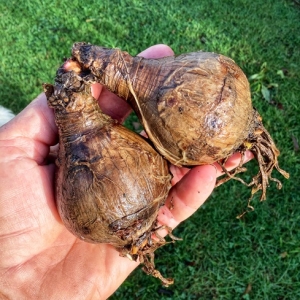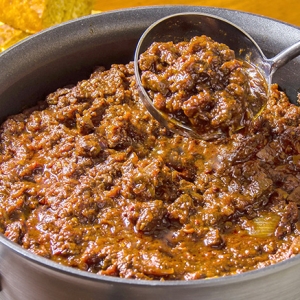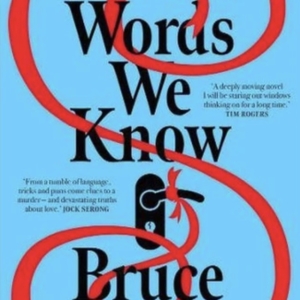Shining a light on bulbs
Believe it or not, now is an important time to think ahead to spring, particularly when it comes to flowering bulbs.
To enjoy daffodils, jonquils, tulips, freesia, anemones, ranunculus and other late winter- and spring-flowering plants, the bulbs are planted in autumn, usually between April and early May. Several weeks of cold temperatures are needed to break dormancy and maximise full flowering potential. After flowering, many bulbs can be left in the ground and will multiply in the soil year after year.
Bulbs can be planted in garden beds, in the middle of the lawn, around the base of trees or even in pots; anywhere there is good drainage. Most importantly, you must plant the right way up and at the right depth (crucial for thermal control) to flourish. If planted too deeply, the shoot can fail to reach the surface before it runs out of energy. A rule of thumb is to plant at a depth equal to twice their width, roots face down, with the pointy side facing upwards (anemone and ranunculi are the only exceptions). For a more natural look, try planting your bulbs in clumps rather than rows.
After planting, water in with a liquid fertiliser and cover with a light mulch to keep them from drying out. Give another light feed when the leaves emerge and again when you see flowers beginning to appear.
Once your bulbs have finished flowering, trim off the dead flowers to divert the bulb’s energy away from making unnecessary seed. An important aspect of bulb care is to leave the foliage on the plant until it is completely dry, brown and dead. Bulbs store all their energy for the next growing season, and much of this is reabsorbed from the dying leaves.
Meanwhile, around the town gardens Nerium oleander (oleander) is continuing to put on a show, as are the Hibiscus sppand the Magnolia grandiflora ‘Little Gem’. And does Grevillea ‘Peaches and Cream’ ever stop flowering? The Tibouchinas are beginning their purple reign and the earliest of the Sasanqua camelias have also begun their displays.
Currently, in the roadside wild places around the Triangle, all is quiet and homogenously green, with very few native plants noticeably flowering. In parts of the cleared farmland, however, we’ve noticed some beautiful low-growing (to around 50 cm high) bright-purple swathes of the weed Verbena rigida (veined verbena).
This month in the vegie garden we continue to plant peas and we always sow our garlic cloves on ANZAC Day. Also, onions. Ever tasted a fresh onion? They are on par with the difference between home and shop tomatoes. Give a row or two a go, and experience the joy of a sweet, homegrown onion. In the same family, plant leeks and shallots; though the easiest way to grow shallots is to simply plant the leftovers from a bunch of store-bought ones. Keep planting your winter brassicas (broccoli, cauliflower, cabbage and kale) and your soup staples (swedes and turnips) as well as lettuce and silver-beet for leafy greens. Last chance for beetroot seeds and if you are in areas away from the frost, keep going with the carrots.
Finally, if you have any comments, gardening questions or plant or pest identification problems, please send them through to gardening@thetriangle and we will endeavour to help.
Happy growing.



